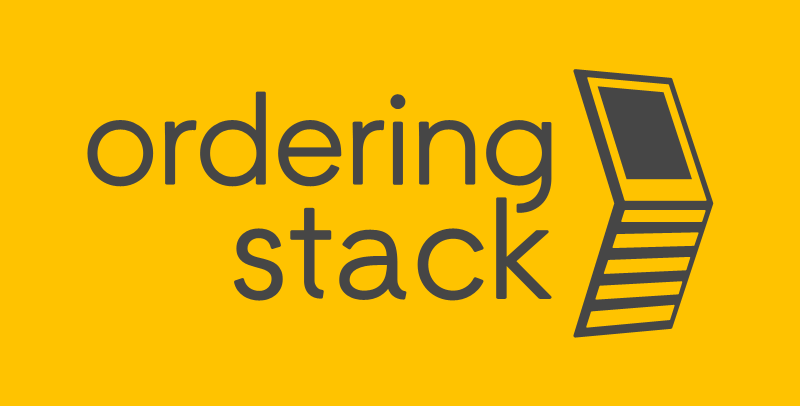Why queuing is very bad for your business?
Once upon a time, when the nights were less than warm and cozy, rather they were cold and dark, with very little in the way of entertainment. Despite this lack of brainwashing TV and mind-melting smartphones – it was 1748 after all – there was a man who couldn’t get rid of the frustrating feeling of time slipping between his fingers – fingers, where usually held his quill.
It was January of 1748 when Benjamin Franklin, a polymath, scientist and one of the founding fathers of American democracy was penning (quilling?) his “Advice to a Young Tradesman”. Born out of the frustration of this brilliant mind was a short, simple and never-aging sentence that states:Time is money
When not being trivialized and overused, the proverb delivers a short glimpse of how frustrating wasting time can be – and Benjamin Franklin was not the kind of guy who liked doing that. Apart from drafting the American Constitution and delivering insightful works on electricity he was also famous for his strict daily routine that included rising at 5 a.m., making resolutions for the day and setting aside time to read accounts and dine – all of this, hundreds of years before project management solutions and Asana were born.
So now fast forward to 2020, where you wish your customers didn’t have to wait in a queue and waste their time…
Why queuing is bad for business
Apparently, queues in the form of a line of people have been part of our daily lives since time immemorial – there is no low-tech way to manage a group of people wishing to access a single point where a product or service is available. This is true not only with regards to people – ships in ports and hubs must also queue prior to being unloaded.
The difference being; the voyage of a container ship is carefully planned, sticking to a tight schedule whilst fast food restaurant customers just drop in randomly, usually with no set schedule – at least not one that can be tweaked to better serve the business.
What makes a difference between a hauler or a ship and a customer is memory. It is hardly breaking news to observe that people tend to remember a bad experience more clearly than a good one (a study by Florida State University from 2001 on highlights this matter and it was by no means the first of its kind).
The queue itself is a social construct that causes frustration – it is based on delaying the pleasure of eating a meal and usually one has nothing constructive to do while waiting unless prepared. A good book or a smartphone can deliver a better time during the waiting, but is it rather seen as a lesser evil than a good way to spend the time.
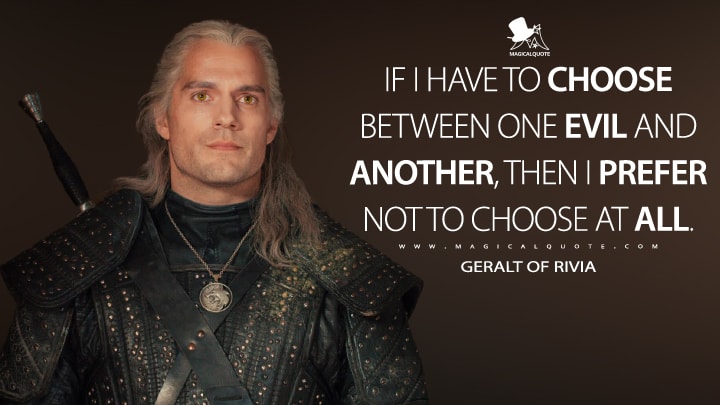
In fact, according to the American Express customer study , people are willing to wait no longer than 14 minutes. Also, some studies suggest that businesses, including restaurants, lose up to 75% of their customers due to waiting times . Keeping in mind the study aboutgood and bad experiences and people’s tendency to remember bad things rather than good ones, the customer that leaves due to long waiting time is unlikely to return ever again.
Nobody likes queuing – it is frustrating, it is a huge waste of time (“and money” as Benjamin Franklin would point out) and it is exhausting – why would one stand in a crowded and usually a noisy place when there is another option?
Is it possible to get rid of queues in a restaurant?
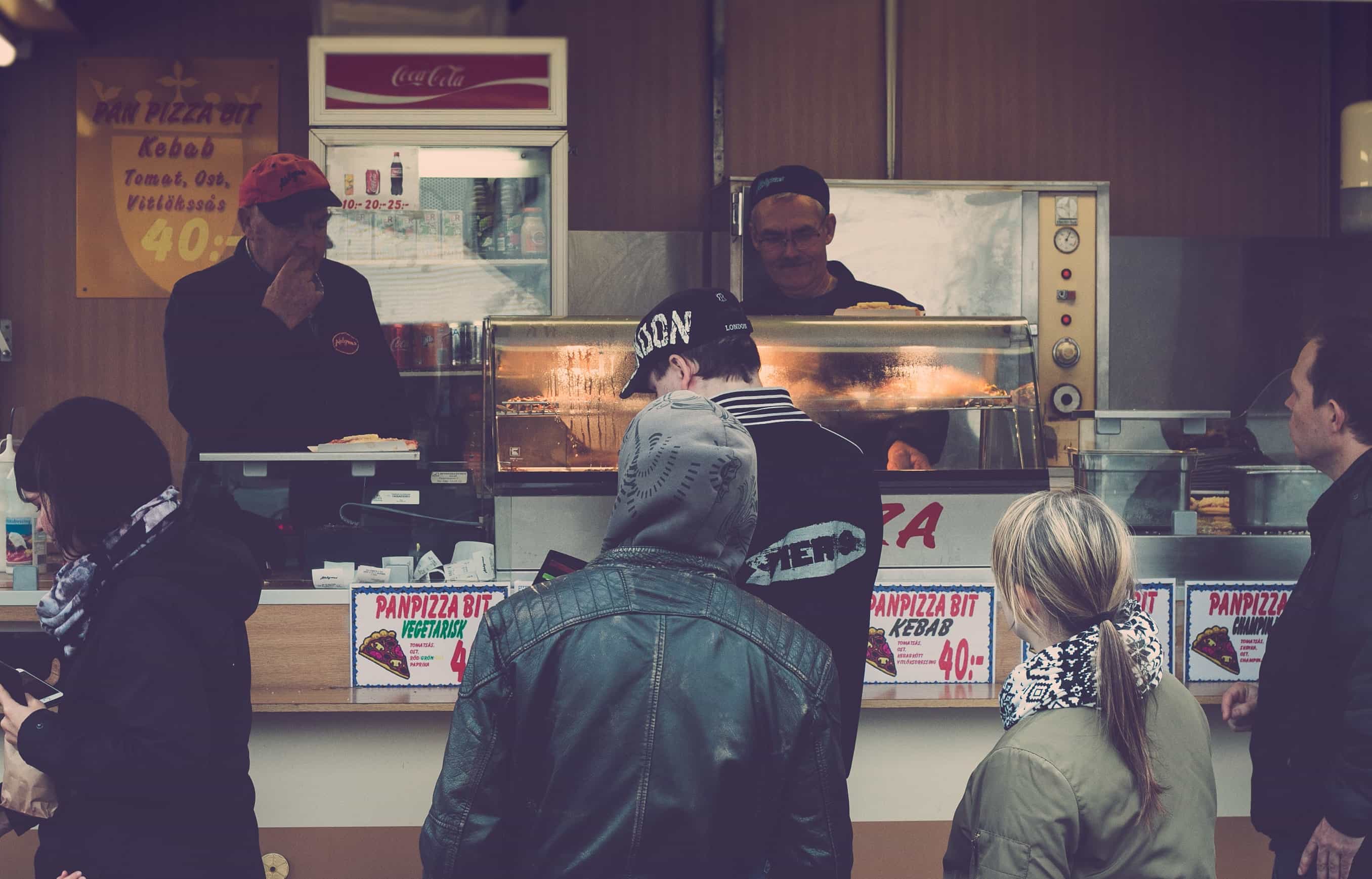
The omnipresence of queues supports the false assumption, that they are necessary or at least unavoidable – and this assumption is strong both among business owners and customers. According to The Association for Customer Research , nearly 50% of customers wait in queues despite feeling irritated.
Getting rid of queues in restaurants is hardly possible, yet there are multiple ways to reduce them to a manageable size.
Keep the queue transparent
There is nothing more irritating than a mess in the queue when somebody tries to push into the line. Also, the mess makes people even more frustrated with the need to constantly control the line, with no chance to focus on reading a book, working on a laptop or anything else that could make the time productive.
In the case of fast-food restaurants, customers have a limited time and a long waiting times lead to clients abandoning the queue. Delivering a transparent queue management system that enables the customer to take a number and wait in a more comfortable position while controlling the queue displayed on a screen makes the experience far more bearable.
Splitting the lines in a smart way
A situation when a customer switches lines when waiting is based on one of the most popular perception biases – the other line always seems to be faster. On the other hand – when there are four options, there is only a 25% chance of picking the best one.
First of all – the problem is reduced by building only one line, for example in the way described above. A further reduction comes with using digital kiosks. These devices can collect orders and process payments in an automated way, much faster than a cashier ever could.
Also, if the customer needs some more info about the meal, ingredients or menu, the kiosk provides all the necessary information. Whilst being similar they are not exactly the same as the queue to the cashier, as a result there is no mental competition between these two. Last but not least – when the customer’s order is collected and paid for, it is not likely for them to abandon their purchase.
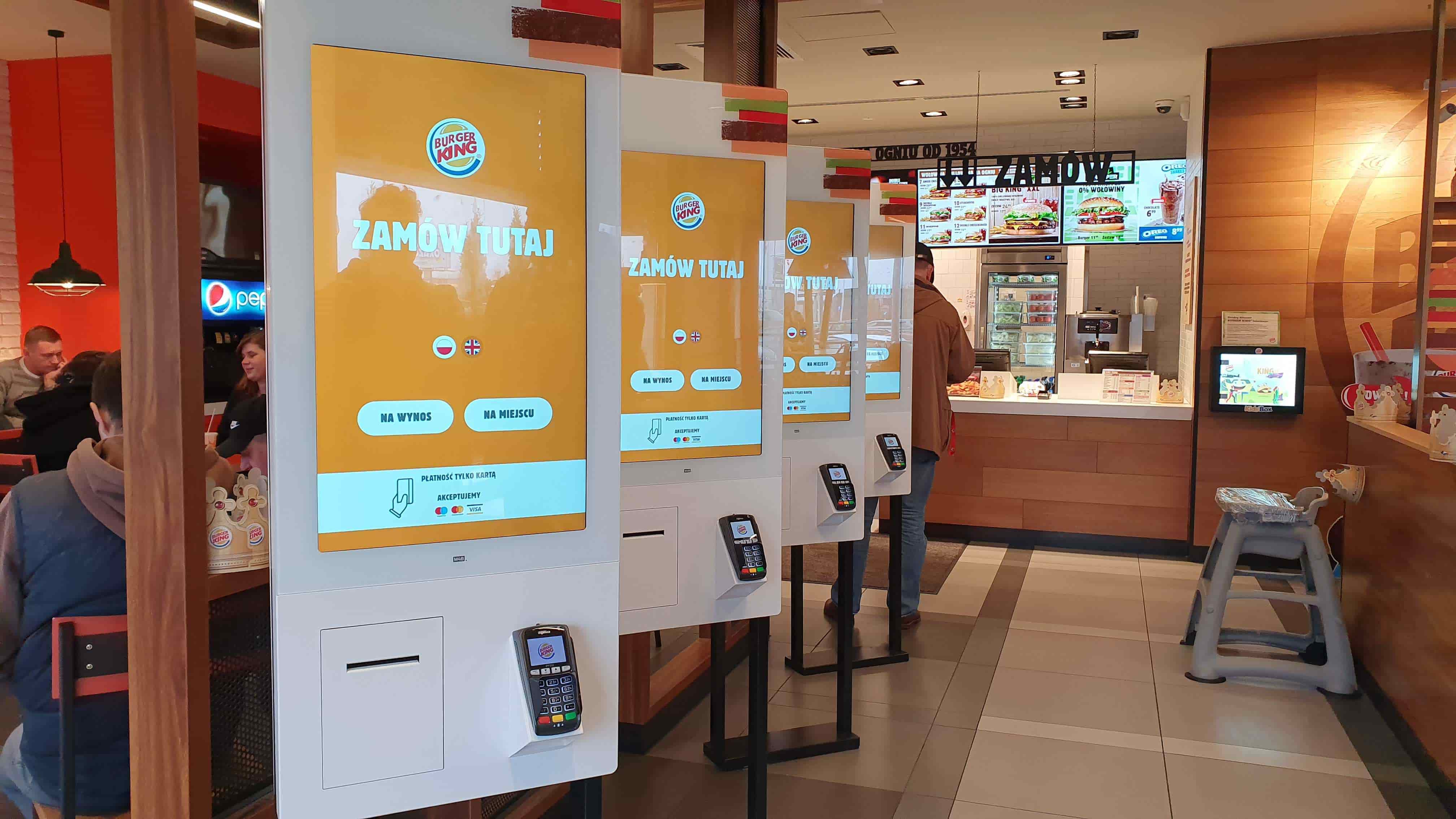
Deliver entertainment
It is not as hard as it sounds – providing a bookshelf or some weekly magazines ready to be read comes with little cost whilst encouraging a positive atmosphere. Some restaurants have built their image on being a convenient place to read – why not to do that while waiting in the queue.
The digital display of the ordering kiosk delivers multiple ways to entertain the user – be that displaying short films or the latest news – because, why not? Well branded content – be that a fun and interesting ad or a company’s history shown in an inspiring way, can be informative, entertaining and business-savvy at the same time.
Ask for customer feedback
Even the best experience can be polished further – and no business owner can be certain of how it will be perceived by customers. With that in mind, it is good practice – even if it is not directly connected with reducing queues – to ask for feedback during the wait or even after the order has been completed.
No matter the situation – the company is always a winner when a customer is asked for feedback. Some of the most frustrated will share their negative emotions and then won’t do so on the internet – so the bad PR can be significantly reduced. Those with a good idea can share it instead of keeping to themselves, so the company gains a crowdsourced way to further improve the customer experience. Whilst those who are satisfied will be a positive boost to morale.
Take the queue out of the restaurant (if possible)
The most innovative way to manage a queue is to reduce it by using new ways of ordering – especially mobile apps and online services. Whilst the digital kiosk is a fast-food queue management device for people who are already inside the restaurant, an online service or app reaches people outside.
Mobile apps can be connected to a loyalty program and deliver more advantages – for more information on this read our Starbucks case study.
Summary
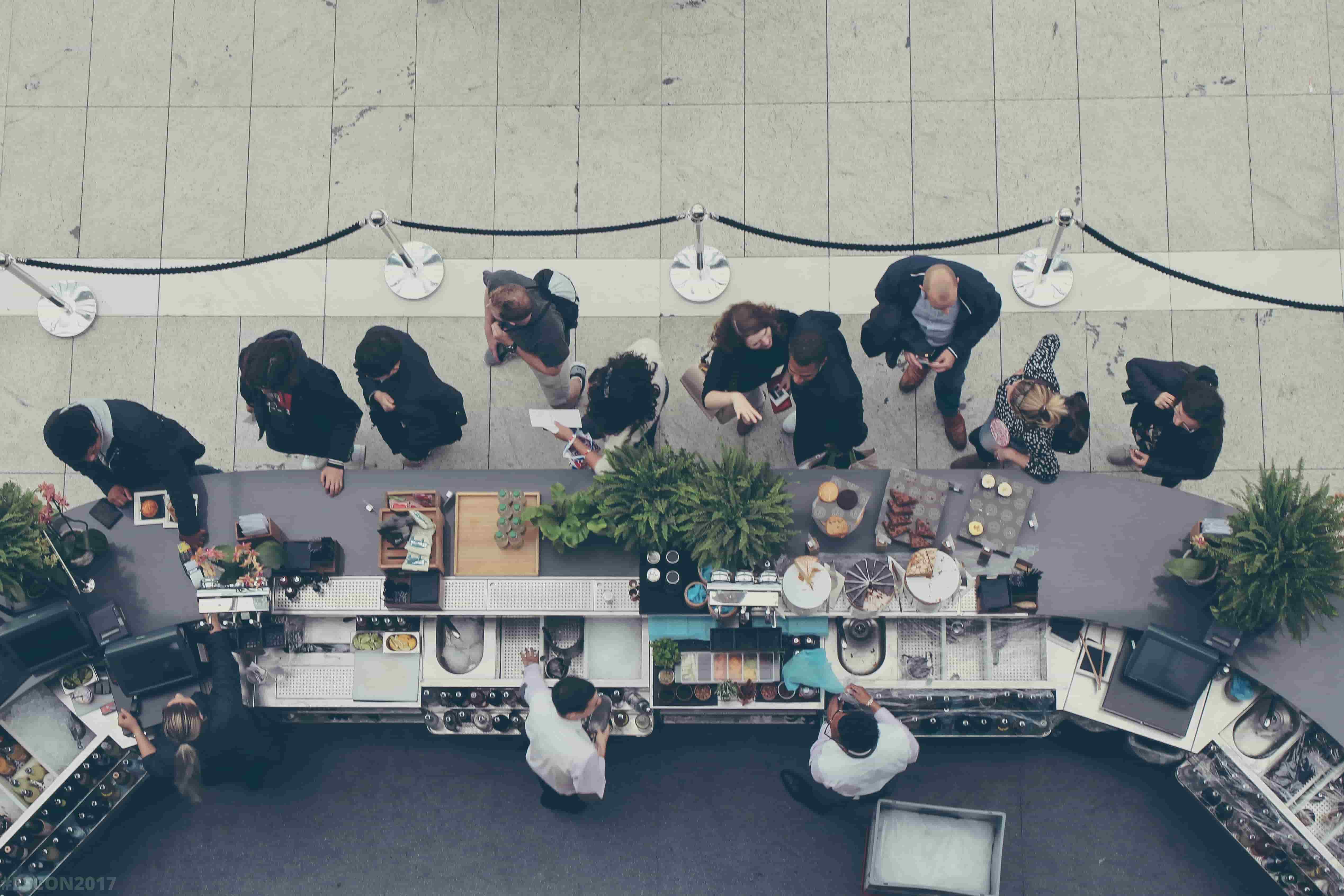
There will always be queues in restaurants – and that’s part and parcel of the hospitality industry. However, when it is fair, transparent. convenient and the customer feels that the company really cares for them – it’s not a problem. It is not rocket science – rather,it is about a smart restaurant queue management system integrated with digital kiosks, POS and other elements of the ecosystem.
When the queue comes with frustration, anger and a feeling of wasting time, it hurts business in many ways – from delivering a bad customer experience to lost revenue and bad PR. Even if one is able to watch TV or browse the internet on a smartphone, being forced to stay in a particular place in the context of a queue encourages us to think about how great things would have been if that time had not been wasted.
“Time is money” Benjamin Franklin would have said when standing in a fast food queue. Although this time it would be slightly different – it would be his time quantified as money flowing to the restaurant. So wasting his time would be wasting your money.
Funny, isn’t it?
